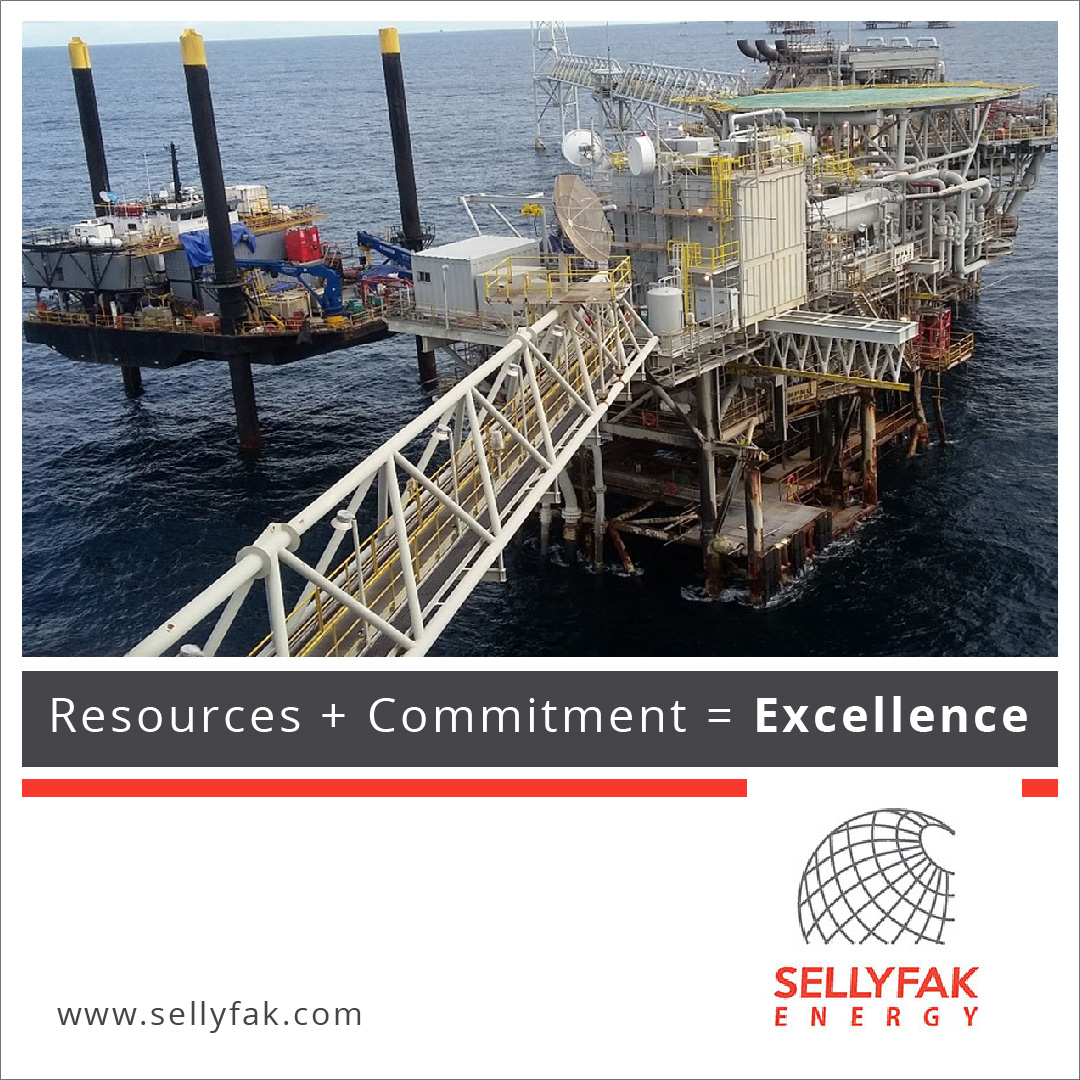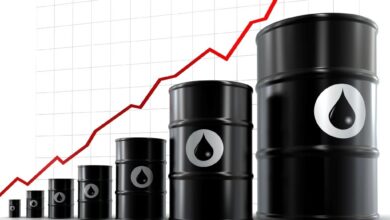Removing the Fuel Subsidy: Six Lessons for Nigeria

“Oddly enough, the campaign was run by the Jonathan government’s Minister of Aviation, Mrs. Stella Oduah.”
Despite the signing of the Petroleum Industry Act in September 2021, otherwise a signal of the intention to deregulate the country’s oil industry, including the import, refining, and selling of premium motor spirit (PMS), colloquially known as petrol and the many announcements by officials of the Buhari government to remove the fuel subsidy, the subsidy remains firmly in place.
With global oil prices rising, the real cost of petroleum in Nigeria could rise to N302 while the government maintains the price at N162. (Nigeria imports about 90% of the petrol it consumes). An industry watcher, Seun Smith, maintains that the Buhari government is unlikely to remove the fuel subsidy. This is despite the N170 billion per month price tag.
Also Read: IMF SAP – The Treatment Nigeria Urgently Needs But Hates
With debt service taking up 98% of the federal government’s revenue in the first five months of 2021 and the FGN planning to borrow N5.62 trillion to plug 2022 fiscal deficit, the fuel subsidy has become a noose around Nigeria’s neck. It must go the very next morning after President Buhari leaves office.
Nigerian governments have for more than two decades bungled attempts to remove the fuel subsidy; their efforts have been as incoherent and incompetent as the Nigerian state itself. Here are a six lessons from Nigeria’s failed attempts and from five successful case studies of subsidy reform elsewhere reviewed here:
- State Capacity Matters: Designing programmes that qualify millions of the poorest citizens for often-conditional cash transfers or energy subsidies is a great mathematical and logistical challenge. Especially for states that can barely enumerate the number of citizens credibly. But with political will it can be done.
- The World Bank Loves the Poor: Academics, activists and hacks have always argued whenever the Nigerian government tried to remove the fuel subsidy that it is out to execute the wicked plans of the World Bank and IMF to punish poor Nigerians. The evidence cannot be more different- the Bank helps governments design pro-poor subsidy reforms programmes and even assists in funding them.
Also Read: Nigeria and the IMF: End of the Fulani Marriage?
- Reinvesting Fuel Subsidy Billions in the Poor is Politically Popular: It would be very difficult to argue against reallocating billions of naira fuel subsidy spend from more privileged Nigerians and targeting it on the poorest Nigerians. It is good politics. More so because at least a quarter of the fuel subsidy spend is accounted for by fraud, amounting to $400 billion over three decades. According to the Managing Director of the Nigerian National Petroleum Corporation, Mele Kolo Kyari, “subsidy is the root of fraud in the oil sector”. It is also very good economics. Development experts now agree that improving “human capital” through investments in healthcare, education and social protection better promotes productivity and welfare than even investment in infrastructure. Cash transfer programmes are also far more less vulnerable to fraud than the oil subsidy regime.
4. Clear Leadership, Clear Plan: There are many examples of successful strategies to reform fuel subsidy and development agencies have written tons of analysis on them. The Goodluck Jonathan administration seemed not to have read a page from the primers when it attempted to remove the fuel subsidy in 2012 despite its finance ministry being led by a former Vice President of the World Bank, Ngozi Okonjo-Iweala. It suddenly announced the subsidy removal while Dr. Okonjo-Iweala was still on Christmas holiday in the United States of America. The execution showed there was really no plan and no one was really in charge.
- Strategic Communications, Not Multimillion Communication Budgets: The most memorable communication “plan” by the Gooduck Jonathan administration were lavish saturation-point “Wrap-Around” adverts in newspapers. The budget must have been over 600 million 2012 Nigerian naira, a total waste besides being a fat contribution to the 2012 profits of virtually all Nigerian newspapers. Oddly enough, the campaign was run by the Jonathan government’s Minister of Aviation, Mrs. Stella Oduah. (Possibly, Oduah, far more a politician than Okonjo-Iweala and closer to Mr. Jonathan, spotted an opportunity to launch a multimillion-naira advertising blitz in place of the finance minister’s plan while the later was on holiday). Fuel subsidy reform communication requires complex messaging based on rigorous analysis of stakeholder groups, a task not suited for print adverts.
6. Don’t offer Pies in the Sky: Moreover, fuel subsidy reform communications are often based on communicating often “pre-delivered” or “front-loaded” benefits such as cash transfers rather than pie-in-the-sky goodies that the government would spend the money saved from eradicating the subsidy on. Designing palliatives and planning how they could be rolled out is 80% of the communications to manage strategically public opposition to fuel subsidy reform.
With editing by Gbemi Abiola







